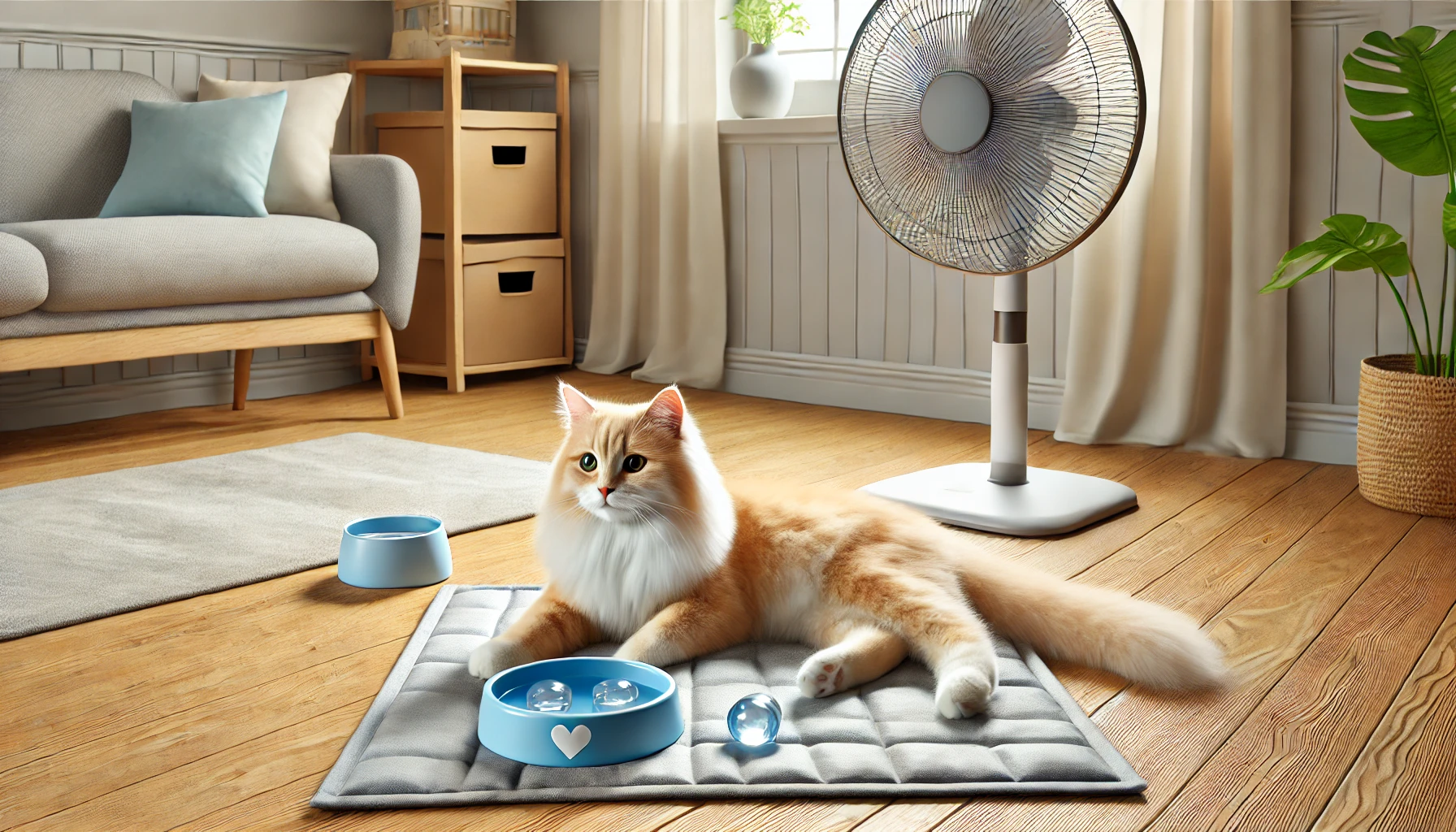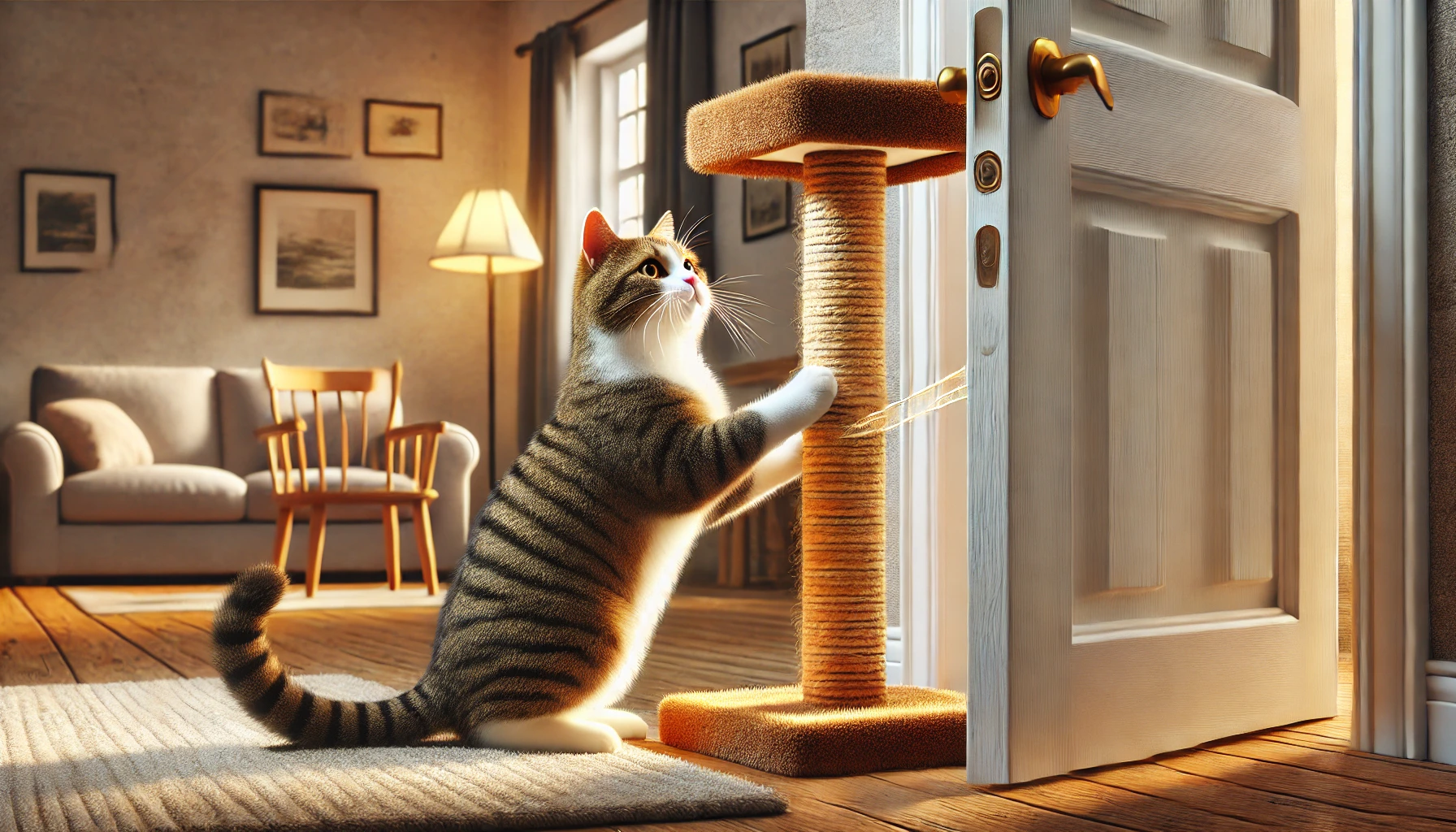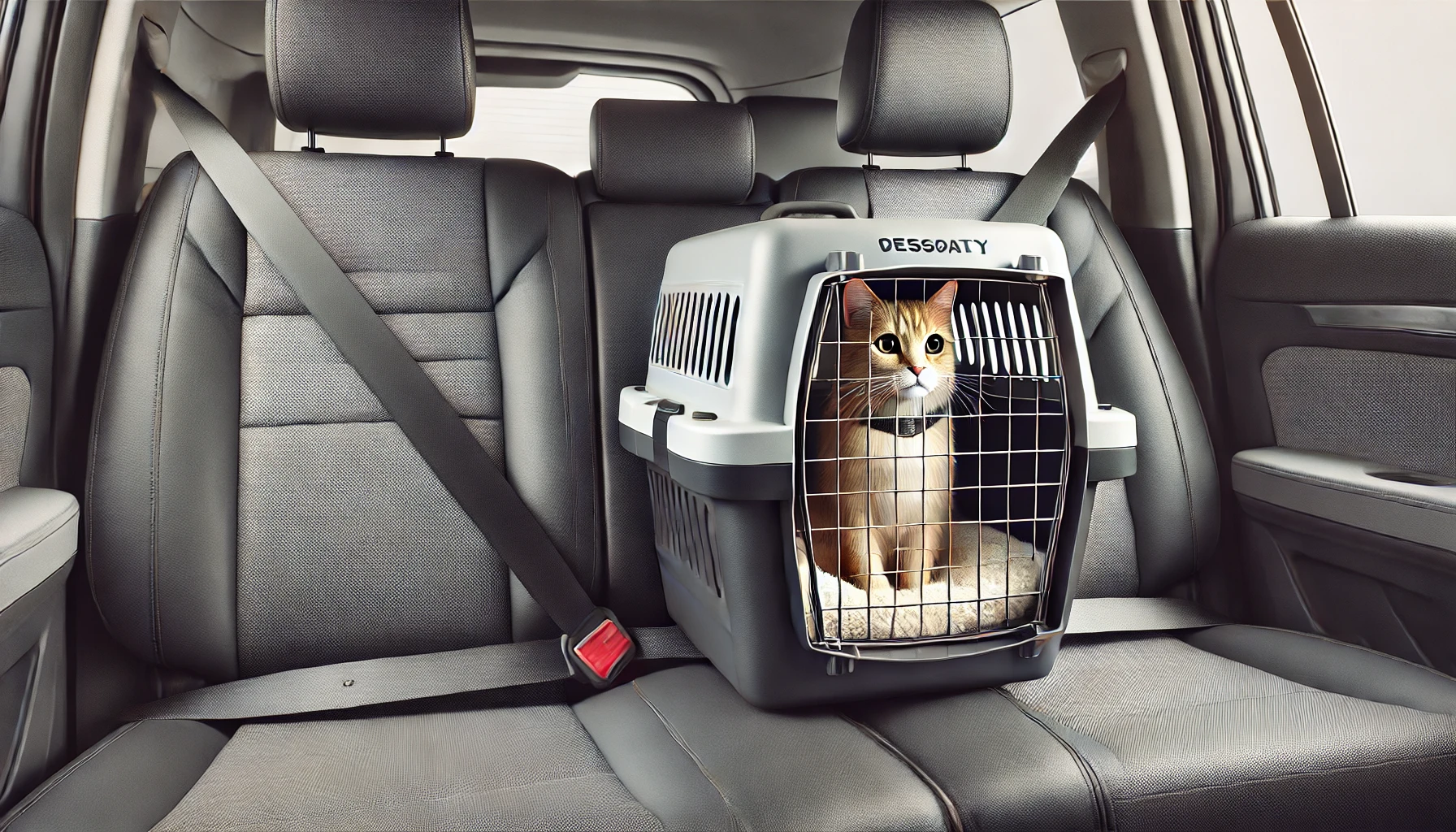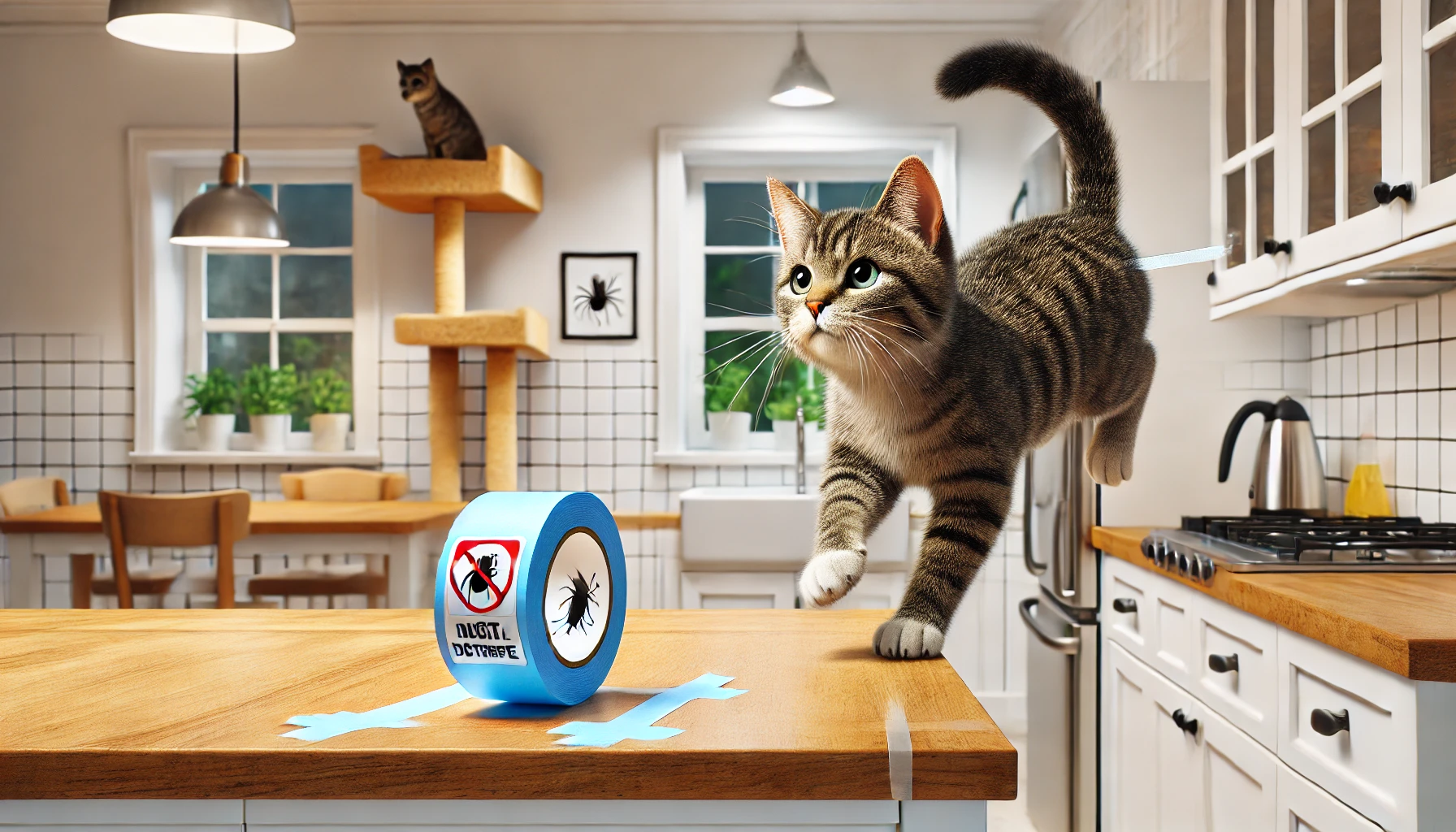Flying with a cat requires careful planning to ensure their safety, comfort, and minimal stress. Airlines have different pet policies, so preparing in advance will make the trip smooth and hassle-free for both you and your feline companion.
In this guide, you’ll learn how to prepare for air travel with your cat, choose the right carrier, and make the flight as stress-free as possible.
1. Check Airline Pet Policies in Advance
Every airline has specific rules for traveling with pets, including carrier size, fees, and in-cabin vs. cargo travel.
✅ What to Look for in Airline Policies:
✔ Pet size and weight limits for in-cabin travel.
✔ Approved carrier dimensions (must fit under the seat).
✔ Health certificate requirements (some airlines require vet paperwork).
✔ Pet fees (usually $50–$200 per flight).
🚨 Common Mistake: Booking a ticket before confirming pet policies.
Instead: Check airline rules before making travel plans.
2. Choose the Right Carrier for Air Travel
A comfortable, airline-approved carrier is essential for your cat’s safety.
✅ Best Carrier Features for Flights:
✔ Soft-sided and well-ventilated.
✔ Fits under the seat (check airline’s size restrictions).
✔ Secure zippers to prevent escape.
✔ Padded interior for comfort.
🚨 Common Mistake: Using a rigid, oversized carrier that won’t fit under the seat.
Instead: Choose a flexible, well-ventilated carrier for in-cabin travel.
3. Get Your Cat Used to the Carrier Before the Flight
Cats can get anxious in unfamiliar carriers, so introduce it weeks before traveling.
✅ How to Make the Carrier Feel Safe:
✔ Place treats and toys inside so your cat explores it willingly.
✔ Let them sleep inside the carrier at home.
✔ Take short car trips to help them adjust.
🚨 Common Mistake: Only bringing out the carrier on travel day.
Instead: Make it a positive and familiar space before the trip.
4. Visit the Vet for a Health Check-Up
Some airlines require a health certificate, and it’s always best to confirm your cat is fit to fly.
✅ Vet Visit Checklist:
✔ Check for overall health and vaccinations.
✔ Ask about anti-anxiety medications or calming treats.
✔ Get a health certificate if required (usually valid for 10 days).
🚨 Common Mistake: Waiting until the last minute to visit the vet.
Instead: Schedule an appointment at least a week before travel.
5. Pack a Travel Kit for Your Cat
Having essentials on hand makes travel easier and stress-free.
✅ Cat Travel Essentials:
✔ Collapsible food and water bowls.
✔ Dry food and a small supply of wet food.
✔ Favorite blanket or toy (familiar scent = comfort).
✔ Disposable litter box and litter (for long layovers).
✔ Pet wipes for cleaning if needed.
🚨 Common Mistake: Forgetting food or comfort items.
Instead: Pack a travel-friendly cat kit to cover all needs.
6. Feed Your Cat Several Hours Before the Flight
Eating too close to travel time can cause nausea and stress.
✅ Feeding Schedule for Travel Day:
✔ Feed 4–6 hours before departure.
✔ Offer small sips of water before and during travel.
✔ Avoid giving a full meal right before the flight.
🚨 Common Mistake: Feeding them right before leaving.
Instead: Allow time for digestion to prevent motion sickness.
7. Keep Your Cat Calm at the Airport
Airports are noisy and stressful, so keep your cat calm and secure.
✅ How to Reduce Stress at the Airport:
✔ Keep them inside the carrier at all times.
✔ Use a Feliway pheromone spray inside the carrier.
✔ Choose a quiet waiting area away from crowds.
🚨 Common Mistake: Letting your cat out of the carrier in the terminal.
Instead: Keep them safe inside until necessary security checks.
8. Be Prepared for TSA Security Screening
At TSA checkpoints, you’ll need to take your cat out of the carrier for screening.
✅ How to Handle TSA Security:
✔ Use a harness and leash to prevent escape.
✔ Carry your cat through the scanner while the carrier is screened.
✔ Ask for a private screening room if your cat is very nervous.
🚨 Common Mistake: Not using a harness—cats can panic and bolt.
Instead: Always secure them properly before removing from the carrier.
9. Keep Your Cat Comfortable During the Flight
Once on the plane, your goal is to keep your cat relaxed and comfortable.
✅ Tips for a Smooth Flight:
✔ Place the carrier under the seat in front of you.
✔ Avoid opening the carrier mid-flight.
✔ Offer small amounts of water if needed.
✔ Use a soft voice and calm energy to reassure them.
🚨 Common Mistake: Trying to let the cat out during the flight.
Instead: Keep them secure in their carrier for safety.
10. Help Your Cat Adjust After Landing
After the flight, your cat may be tired or stressed—give them time to adjust.
✅ Post-Travel Care:
✔ Let them explore the new space slowly.
✔ Keep them hydrated and offer food when they’re ready.
✔ Provide a quiet area where they can rest.
🚨 Common Mistake: Expecting them to act normal immediately.
Instead: Allow them to decompress at their own pace.
Final Thoughts
Traveling with a cat requires planning, patience, and the right preparation to ensure a safe and stress-free journey.
🐱 Key Takeaways:
✅ Check airline policies before booking.
✅ Use an airline-approved soft-sided carrier.
✅ Familiarize your cat with the carrier weeks in advance.
✅ Visit the vet for a health check and required paperwork.
✅ Keep them calm with pheromones, a blanket, and soft voices.
✅ Secure all travel essentials, including food, water, and a harness.
✅ After landing, give them time to adjust.
With proper preparation, your cat can have a safe and comfortable flight! ✈️🐾💖






1 thought on “How to Travel with Your Cat on an Airplane”